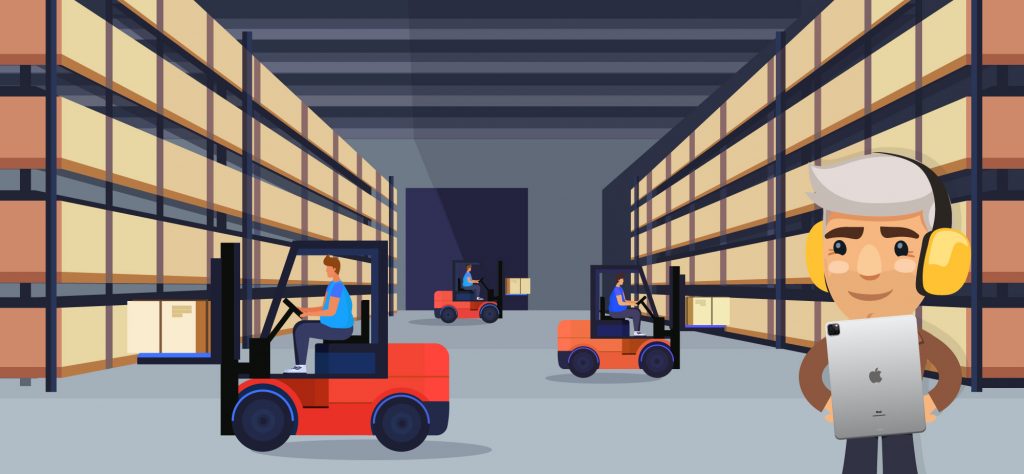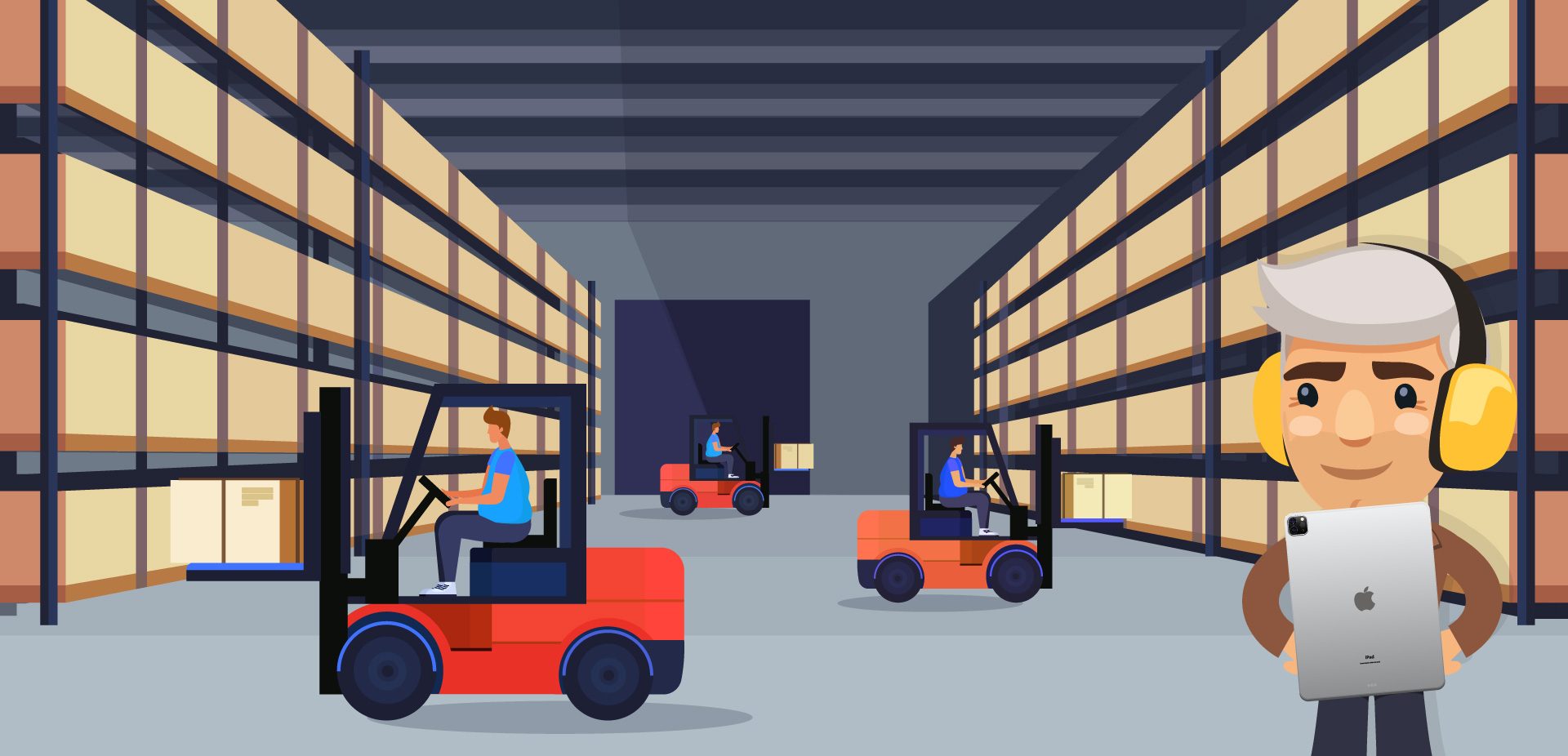The Control of Noise at Work Regulations came into force in April 2006. However, regulations requiring the control of noise at work have been in force since 1990, with some workplaces and industries such as woodworking having noise regulations in place for much longer… 1972.
The duties included in the control of noise at work regulations are in addition to the general duties set out in the Health and Safety at Work etc. Act 1974 (the HSW Act).
These general duties extend to the safeguarding of the health and safety of people who are not your employees, such as students, voluntary workers, visitors and members of the public.

What Are The Control of Noise at Work Regulations?
Employees have duties under the HSW Act to take care of their own health and safety and that of others whom their work may affect, and to co-operate with employers so that they may comply with health and safety legislation.
These noise regulations are designed to protect against risks to both health and safety from exposure to noise. These being the health risk of hearing damage in those exposed, and safety risks such as noise affecting the ability to hear instructions or warning sounds.
Hearing Loss and Damage
Hearing damage caused by exposure to noise at work is permanent and incurable. Many people are exposed to noise levels at work that may be harmful. There are many new cases of people receiving compensation for hearing damage each year, through both civil claims and the government disability benefit scheme, with considerable costs to industry, society and, most importantly, the people who suffer the disability
Hearing loss is usually gradual due to prolonged exposure to noise. It may only be when damage caused by noise over the years combines with normal hearing loss due to ageing that people realise how deaf they have become. Hearing damage can also be caused immediately by sudden, extremely loud noises. Exposure to noise can also cause tinnitus, which is a sensation of noises in the ears such as ringing or buzzing. Tinnitus may occur in combination with hearing loss
Noise-related damages are entirely preventable if: (a) employers take action to reduce exposure to noise and provide personal hearing protection and health surveillance to employees; (b) manufacturers design tools and machinery to operate more quietly; (c) employees make use of the personal hearing protection or other control measures supplied.
2021 Control of Noise at Work Regulations Revisions
This is the third revision of the Control of Noise at Work Regulations document since 2005. In this latest revision, the emphasis is on the priority for control of exposure and risk.
The following are the 2021 changes (in blue) compared to the 2005 version:
Regulation 2(1)
”enforcing authority” means the Executive, the Office for Nuclear Regulation, local authority or Office of Rail and Road determined in accordance with—
(a) section 18(1A) of the Health and Safety at Work etc. Act 1974;
(b) the provisions of the Health and Safety (Enforcing Authority) Regulations 1998; and
(c) the provisions of the Health and Safety (Enforcing Authority for Railways and Other Guided Transport Systems) Regulations 2006;
Regulation 3(3)
These Regulations shall apply to a relevant self-employed person as they apply to an employer and an employee and as if that relevant self-employed person were both an employer and an employee, except that regulation 9 shall not apply to a relevant self-employed person. 8 Controlling noise at work Regulation 3
(3A) For the purposes of this regulation, “relevant self-employed person” means a self-employed person who conducts an undertaking of a prescribed description for the purposes of section 3(2) of the Health and Safety at Work etc. Act 1974.
Regulation 7(4)
Any personal hearing protectors made available or provided under paragraphs (1) or (2) of this regulation shall be selected by the employer –
(a) so as to eliminate the risk to hearing or to reduce the risk to as low a level as is reasonably practicable; and
(b) after consultation with the employees concerned or their representatives,
and shall comply with any legal requirement which is applicable to them
In paragraph (4), “legal requirement” means any requirement of the Personal Protective Equipment Regulations 2002 or Regulation (EU) 2016/425 of the European Parliament and of the Council on personal protective equipment and repealing Council Directive 89/686/EEC (OJ No L81, 31.3.2016, p51)
In addition to these changes the guidance has been reformatted in the effort to provide updated guidance and make understanding and reading clearer.
The main changes are evident in Guidance 3, Guidance 4 (25 – 27), Guidance 5(4), Guidance 6(3)(b), Guidance 7 (83 & 84).
Your Control of Noise at Work Experts
ECL has numerous years of experience providing occupational noise monitoring services to companies in the UK and around the world.
All ECL workplace noise assessments demonstrate compliance with Health & Safety best practice.
Fill out our ECL Enquiry Form or call us on 01443 841760 for any queries regarding noise surveys, occupational noise monitoring or workplace noise assessments. You may also be interested in our various other Air Quality Monitoring, Occupational Hygiene, and Environmental Consultancy services.
Author: Rory Jackson AFOH AIOSH

